Welcome to the Corteva™ Agriscience
Forage Agronomy Update for Ireland
These regular technical notes are a seasonal commentary to help those interested in improving grassland and forage productivity on dairy, beef, sheep and equestrian enterprises.
You can claim 10 IASIS points for subscribing to this email update.
|
|
|
ProClova XL - our new clover-safe herbicide! | ProClova XL Best Practice Guidelines | ProClova XL DRN offer now launched - find out more! | Wholecrop cereal silage | Management of weeds beyond optimal growth stages | Maximising your maize silage | Implications of late treatment on ragwort | Managing weeds in newly sown grass and white clover leys | Thistle species | Thistle control and why it helps control Orf | FAQs | IASIS points
|
|
|
|
ProClova XL - our new clover-safe herbicide!
|
ProClova® XL is a new exciting clover-safe herbicide that has outstanding weed control, is safe to grass and clover, has the ability to be used on newly sown leys for seedling weed control, and can be used at higher rates on bigger perennial weeds in established grassland.
Watch our short video on ProClova XL, with Corteva's Area Manager for Ireland, Liz Glynn, and Chris Maughan, Product & Technical Manager for Whelehan Crop Protection.
|

|
ProClova XL Best Practice Guidelines
|
Protect water quality. Follow the 1-2-3 method when using ProClova XL:
1) Use drift reducing nozzles
2) Avoid intersecting watercourses
3) Maintain strict buffer zones
To find out more about protecting water quality read our Best Practice Guidelines.
|
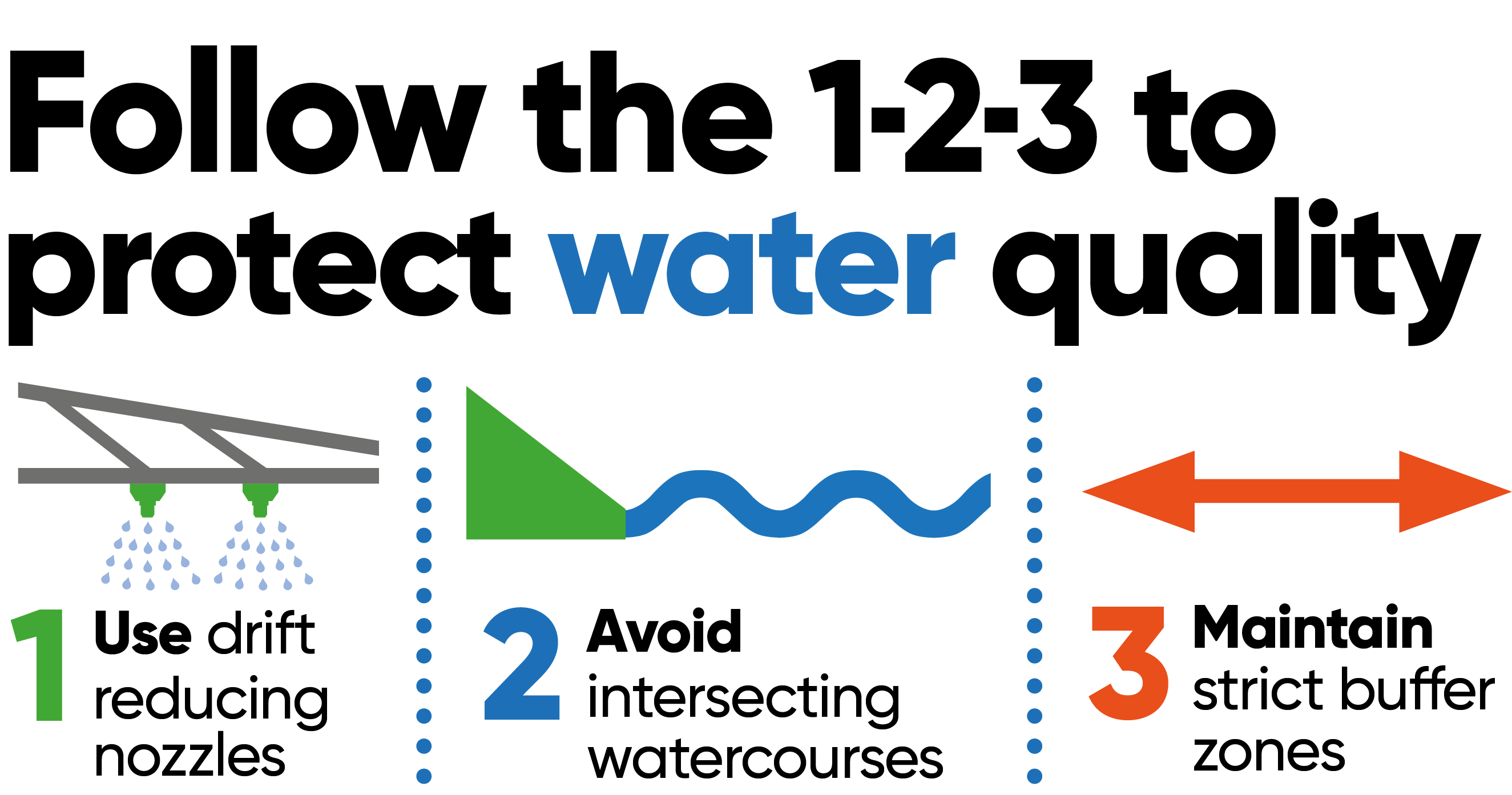
|
ProClova XL DRN offer now launched - find out more!
|
ProClova® XL is the new highly effective clover-safe weed control solution for grassland that needs to be applied with Drift Reducing Nozzles (DRNs) to protect water courses. As a good will gesture, Corteva are offering farmers €100 towards the cost of DRNs purchased in conjunction with ProClova XL.
What do I need before submitting a claim?
Please ensure you have proof of purchases for both:
- 2 x ProClova® XL co-packs
- Minimum 75% Drift Reducing Nozzles* which deliver 200L of water per hectare
|
To find out more about our ProClova XL DRN offer and visit the claims portal, please click here, or visit our stewardship page here.
*Nozzles in the table below are examples that meet the above criteria:
|

|
|
|
Cutting and fermenting wholecrop cereal silage is a popular way of providing good quality, effective extra silage. Barley, wheat, oats and triticale crops can all be considered. Crops should be cut just as the grain is starting to turn yellow with the grain itself at the ‘soft cheddar’ stage. This usually occurs about 4-6 weeks before the normal grain harvest date.
Care should be taken to ensure the crop is at the correct growth stage and the dry matter content of the ensile crop does not exceed 40%. In situations where the crop is cut at too late a growth stage, or where the dry matter content is above 40%, significant dry matter losses and spoilage can occur. Sometimes in good weather dry matter content can increase very quickly, so prompt ensiling is important. Given aerobic spoilage is such a significant risk the use of an additive that can supress such spoilage is often advisable.
The Pioneer range of silage inoculants include specific products that provide proven benefits when applied to whole crop cereal forages.
- Pioneer brand 11A44 has a single mode of action – it powerfully supresses the growth of yeasts and moulds in high dry matter silages 3 to 6 weeks after ensiling.
- If you plan to feed the silage soon after ensiling however, opt for Pioneer brand 11A44 Rapid React instead – the same aerobic stability can be achieved in 1 week.
- Pioneer brand 11G22 Rapid React can create stable silage soon after ensiling alongside improving the efficiency of the lactic fermentation, often refereed to as the ‘front end’ of the fermentation process. This front end assistance leads to a more palatable silage.
- Pioneer brand 11GFT is a unique bacterial product which generates an enzyme that improves fibre digestibility, whilst also helping the front end and reducing aerobic stability.
|
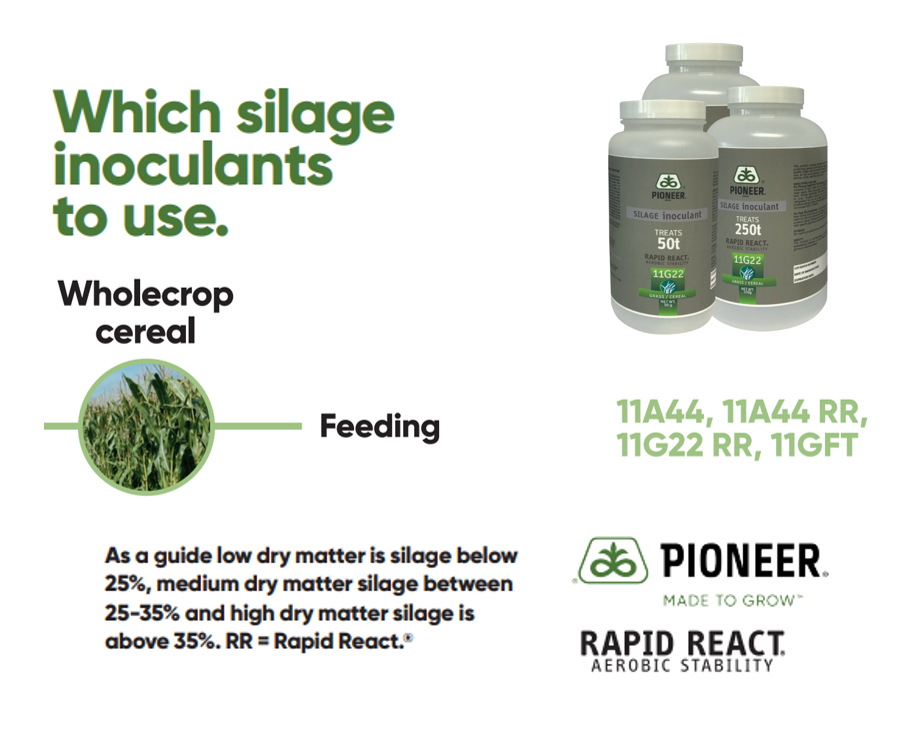
|
Management of weeds beyond optimal growth stages
|
As perennial weeds reach maturity and start to produce seed heads, they increasingly focus the translocation of photosynthates to reproduction and less into root structures.
Docks can also be severely damaged at this time of the year as dock beetle larvae emerge in high numbers. Both the adult beetle and larvae chew through dock leaves leaving a skeletal like leaf structure.
Both conditions mean that the docks aren’t suitable for treatment as the ability of a grassland herbicide to deliver an effective root kill is dramatically reduced. In grazing pastures, plan to top these weeds and spray once sufficient leaf re-growth has occurred and docks are 150-250mm across or high (about the size of a dinner plate) and then spray with Doxstar® Pro. In cutting fields, plan to treat with Doxstar Pro 2-3 weeks after a cut when the emerging docks are again 150-250mm across or high (about the size of a dinner plate).
|

|
Maximising your maize silage
|
With many maize crops establishing well it is worth planning ahead and considering what the ideal silage inoculant might be. Pioneer inoculants are able to improve the efficiency of the acid fermentation, reduce heating, and raise fibre digestibility.
Select the one that fits your maize needs:
If in doubt, reach out to your local Area Manager for advice.
|
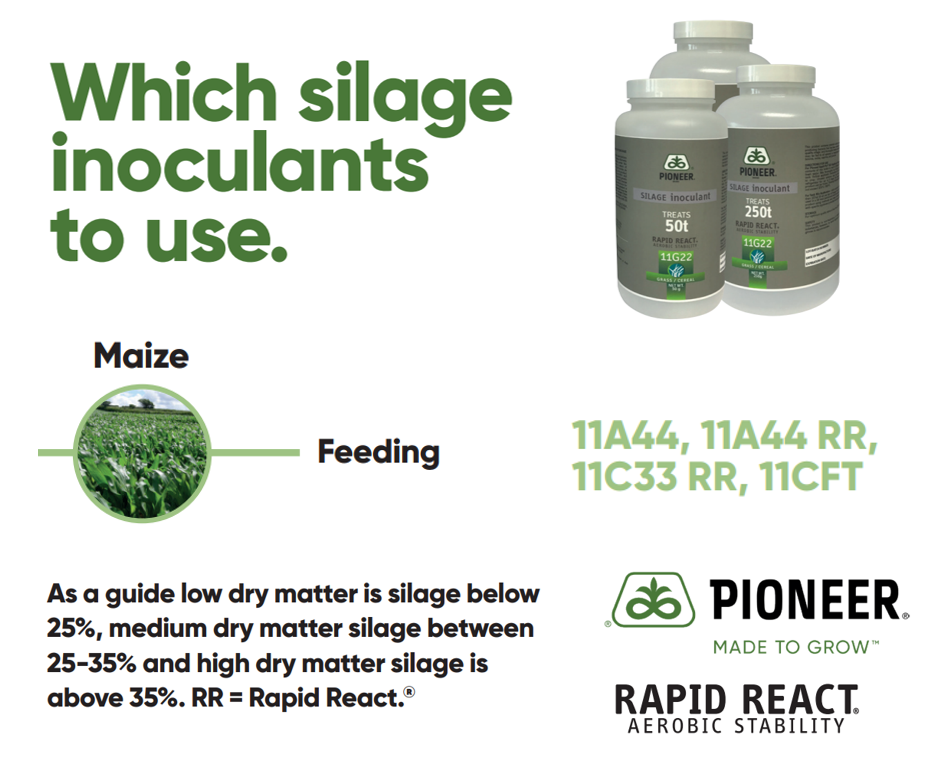
|
Implications of late treatment on ragwort
|
Forefront® T is, by some margin, the best herbicide to use on ragwort in fields grazed by cattle or sheep. At this time of the year, ragwort plants are approaching flowering. It is best now to delay any treatment until after they have been topped and any resulting regrowth comes through to form a new rosette plant.
Treated at the rosette stage, ragwort will senesce more quickly, enabling stock return sooner.
Grazing animals should be excluded from treated areas until any ragwort has completely recovered or rotted down and there is no visible sign of the dead weed. Below is the ideal growth stage to target.
|
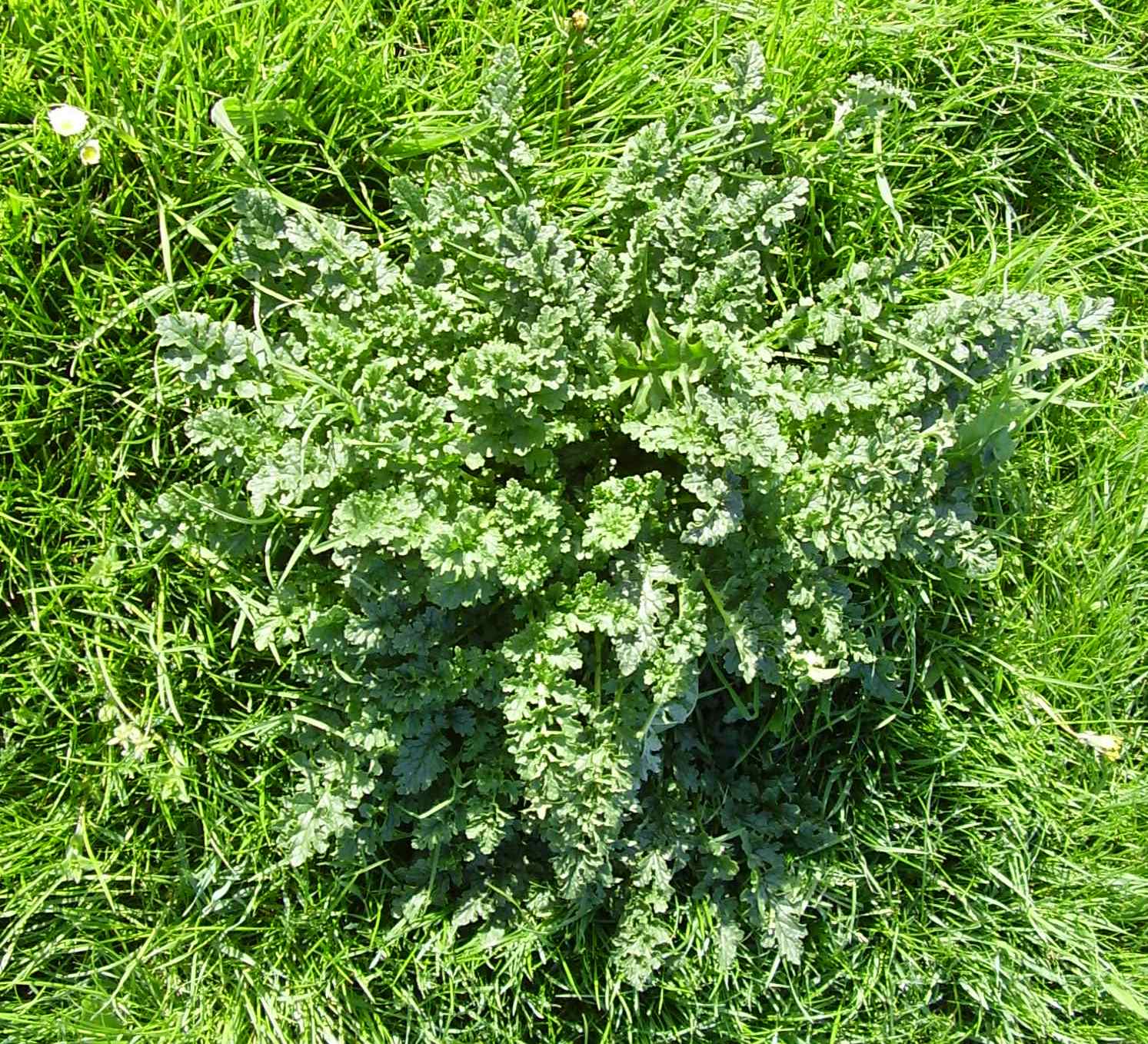
|
Managing weeds in newly sown grass and white clover leys
|
August and September are popular months for establishing newly sown leys. Where white clover is part of the seed mix, and seedling docks and/or a range of broad leaved weeds emerge, consider an application of our new clover safe herbicide ProClova® XL.
Apply once clover has reached 3 trifoliate leaves and seedling grass has started to tiller. Use 200L water. The grazing interval is 7 days, and the cutting interval 21 days. There can be a short term effect (growth inhibition) on clover – this is transitory and will be outgrown with full recovery thereafter.
ProClova XL is particularly effective in seedling docks. It will also control black bindweed, common chickweed, fat-hen, knotgrass, mayweed, redshank, and shepherd's purse.
|
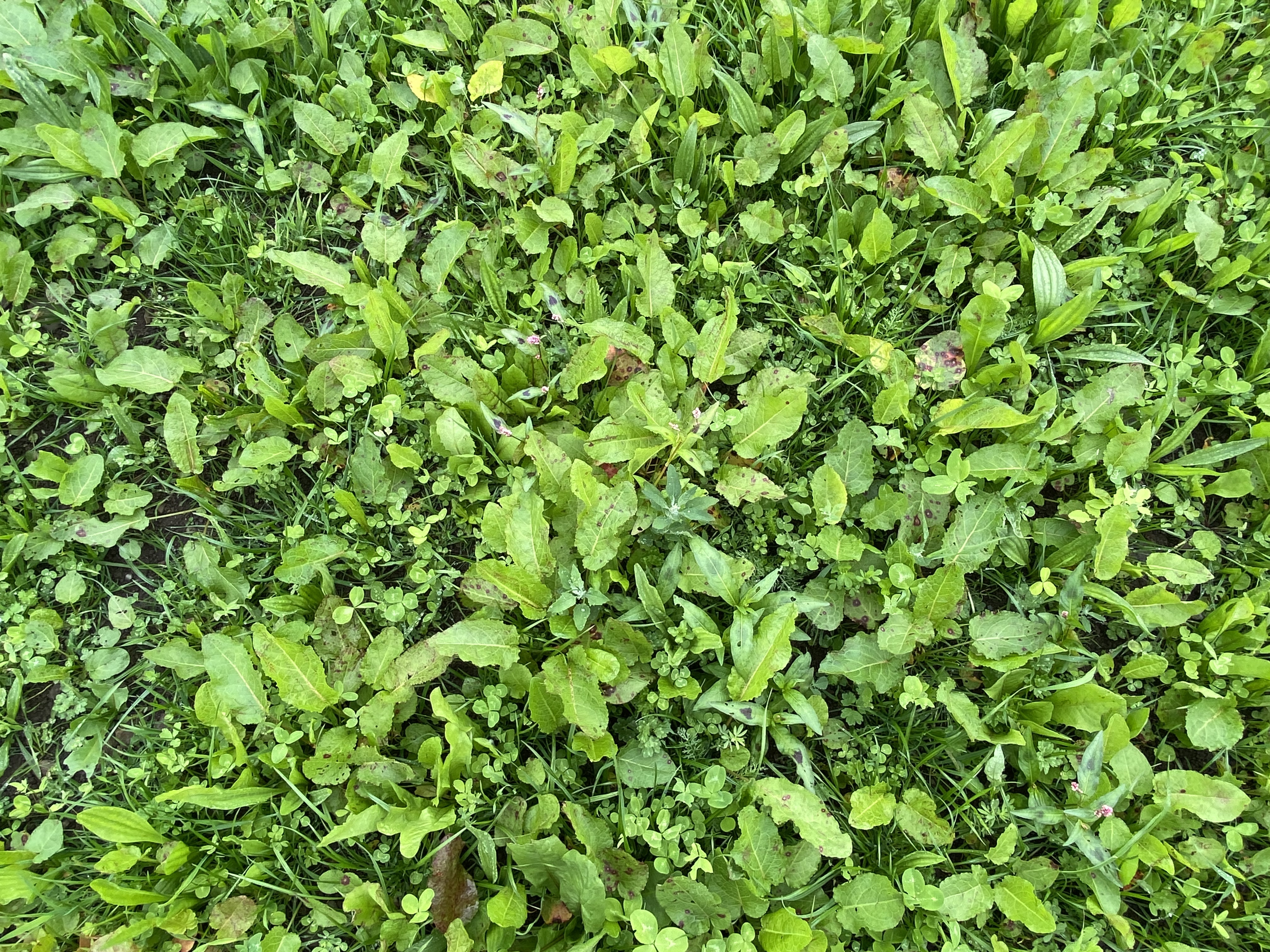
|
|
|
There are many species of thistle; below we detail the main features of 6 species.
- Creeping thistle: spreads primarily by vegetative growth of roots, root fragments can remain viable for several years, its flower heads are purple/pink in colour.
- Spear thistle: has a large tap root (up to 70cm long), grows from seed and seed dispersed by wind can travel up to 30 metres. Flower heads consist of pink florets and a ball of spiny bracts.
- Marsh thistle: the whole stem is spiny, flowers are usually purple, plants can grow up to 1.2m tall.
- Meadow thistle: a slender plant, it can grow up to 80cm tall, its stem is hairy, and the plant only produces one pink/purple flower head.
- Musk thistle: plants can grow up to 1.5m tall, the pink flower heads tend to overhang and are surrounded by spiny bracts.
- Slender thistle: a tall, slender plant with small pinkish flower heads, spiny wings cover the whole of the stem.
Treat when thistles are at the vegetative ‘rosette’ stage, 150mm-250mm across or high, use the spray timing indicator in the Corteva Forage App to identify the ideal growth stage. Herbicides containing either aminopyralid or clopyralid will give control of all thistle species. When thistles are the main target, use Thistlex®. If other weeds are also present, use Forefront® T, or if using a knapsack Grazon® Pro.
|
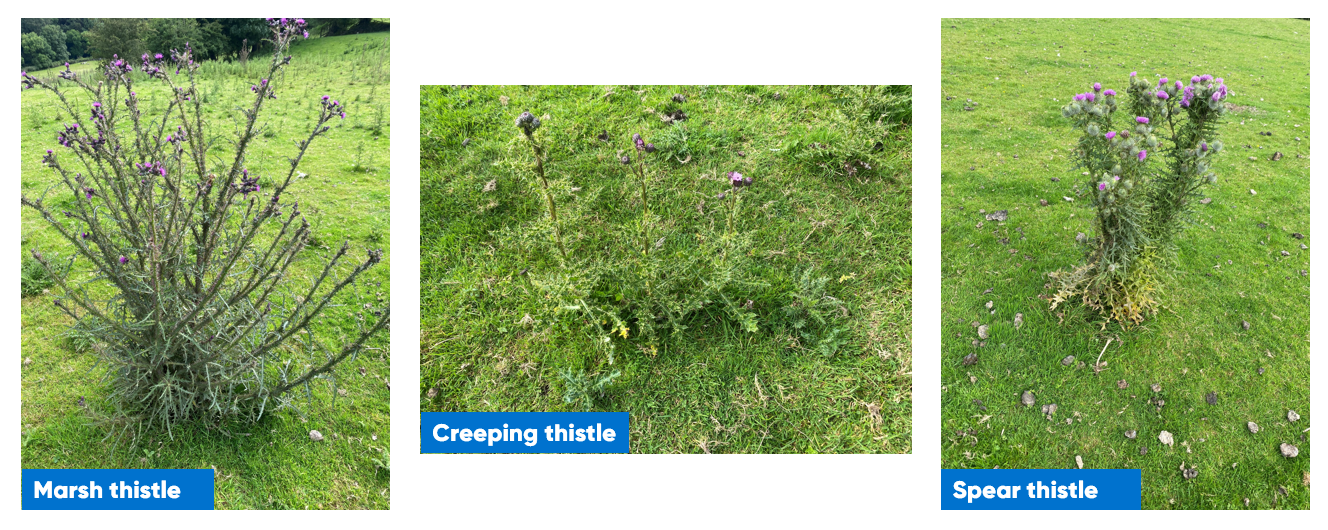
|
Thistle control and why it helps control Orf
|
Grassland management and the control of weeds, particularly thistles, is one way to prevent the spread of orf through your livestock. When grazing close to thistles, the spines can traumatise the skin allowing the orf virus to infect your sheep.
Where thistles dominate, spray with Thistlex® using a tractor mounted or self-propelled sprayer. If the area infested by the thistles is less than 5%, spot treatment with Grazon® Pro will be more cost effective. Both these products will control all species of thistles including spear, creeping, and marsh. Tackling them now reduces the number of new plants that will germinate from seed this year.
|
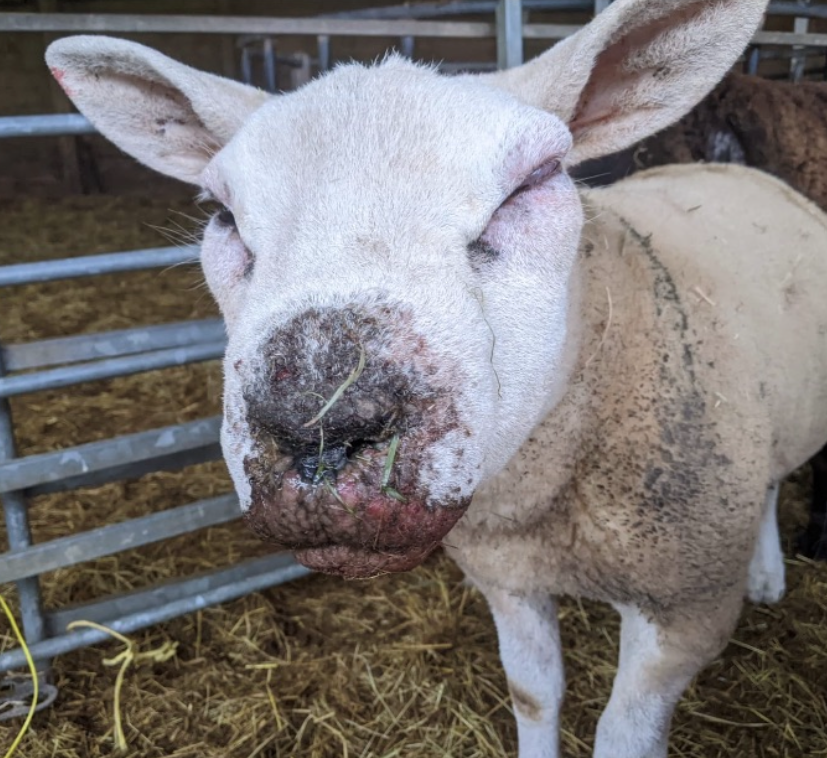
|
|
|
Q: What does the date on the neck of Corteva grassland herbicide bottles mean?
A: This is the manufacture date.
Q: Which weeds, other than docks, are susceptible to Doxstar® Pro ?
A: Chickweed, dandelion and cranesbill.
Q: Which product controls Burdock?
A: Doxstar® Pro will provide moderate control of Burdock (Arctium minus) well as nettle and yarrow.
Q: Have you got a simple decision tree which identifies the best selective herbicide to use for a range of grassland weed problems?
A: Yes – It is available in the Corteva Forage App. Click on weed control, select “Grassland Herbicide Decision Map.”
Q: What Personal Protective Equipment must I wear when spraying Corteva herbicides that have an approval for knapsack application?
A: Please always refer to the label for guidance. You must wear a coverall, gloves and boots when spraying. When handling concentrate, you must also wear face protection (a face shield).
|
|
|
10 IASIS points will be awarded to those subscribing to the Forage Agronomy Update. To subscribe click here.
|

|
|
|
|
|
|
Use plant protection products safely. Always read the label and product information before use. For further information including warning phrases and symbols refer to label. ®™ Trademarks Corteva Agriscience Limited and its affiliated companies. All other brand names are trademarks of other manufacturers for which proprietary rights may exist. All manufacturers trade names and trademarks are duly acknowledged. © 2024 Corteva. ProClova® XL contains florpyrauxifen-benzyl and amidosulfuron. Doxstar® Pro contains fluroxypyr and triclopyr. Forefront® T contains aminopyralid and triclopyr. Thistlex® contains clopyralid and triclopyr. Grazon® Pro contains clopyralid and triclopyr.
|
|
|
|
|